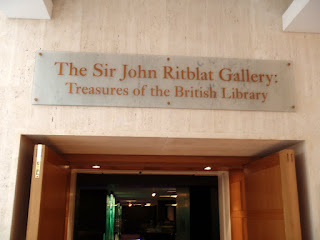 |
| Winged Victory of Samothrace - Louvre |
Our photography focus for our day in Paris was statues and the possibilities were endless at the Louvre .
However my exploration of Paris was about the interconnectedness of tourists and the places they visit. How the tourist and the city dweller can be in the same place but on such different levels, and their connection, though temporary, can make a lasting impression. Three events occurred on our day in Paris that brought this home to me.
Close to the Eiffel Tower, as we walked down to the Seine to catch our lunch river tour, we noticed a large tour bus nearly submerged, with just the top and part of the broken rear window exposed. It appeared that it may have coasted over the edge from the slightly angled parking area. The broken back window gave the impression that passengers were on board when this happened and had tried (successfully?) to make a panicked escape.
Two hours later as we returned from our river cruise the place was swarming with police, divers, journalists, and gawking tourists. We never did find out what actually happened although rumors were rampant. Nearly three and a half hours after we first noticed the bus it was still in the water as we left the Eiffel Tower.
The second event involved the street vendors under and around the base of the Eiffel Tower, hawking replicas in a variety of colors and sizes. Some lined them up in an orderly fashion on a piece of white cloth while others carried them on a circle of bent wire.
The white pieces of cloth served a dual purpose. There were strings attached at both ends which made a quick way to scoop up all their wares if the police approached. Apparently this is not allowed.
The young men selling them appeared to be mostly of African descent. While admiring their determination to make some money, this did not seem like a very rewarding venue. There were so many of them and I only saw one potential sale in the entire time I was watching. I felt sorry for them even though they seemed resigned to the inevitable shake of the head. I almost wanted to buy something just to help them out, but which person would you choose?
The third encounter was in the square in front of Notre Dame. People were sitting around on the low walls after the cathedral closed when all of a sudden hip-hop music erupted from a boom box. Four dancers took turns showing their moves to an appreciative crowd. Several hats were placed around the area, ready to collect the occasionally tossed coin. Several people from the crowd also joined in the fun, unable to resist the music. I wondered, did they live nearby? Did they come here everyday?
 |
| Angel in the Notre Dame Gardens |
It was an interesting day in the City of Lights.

























































